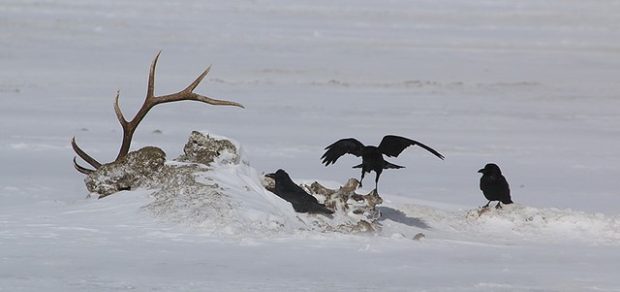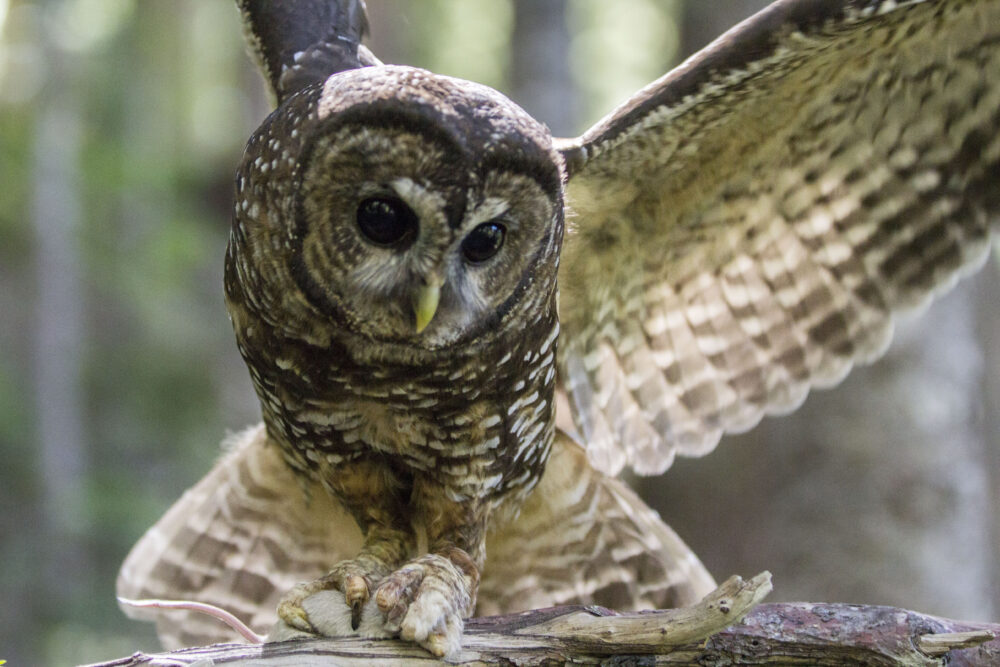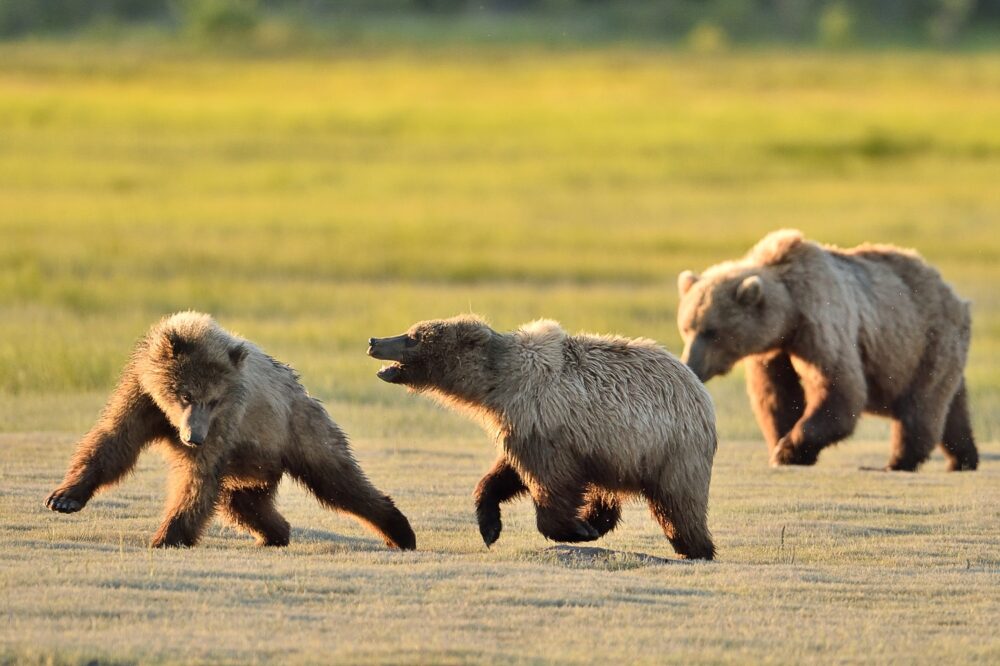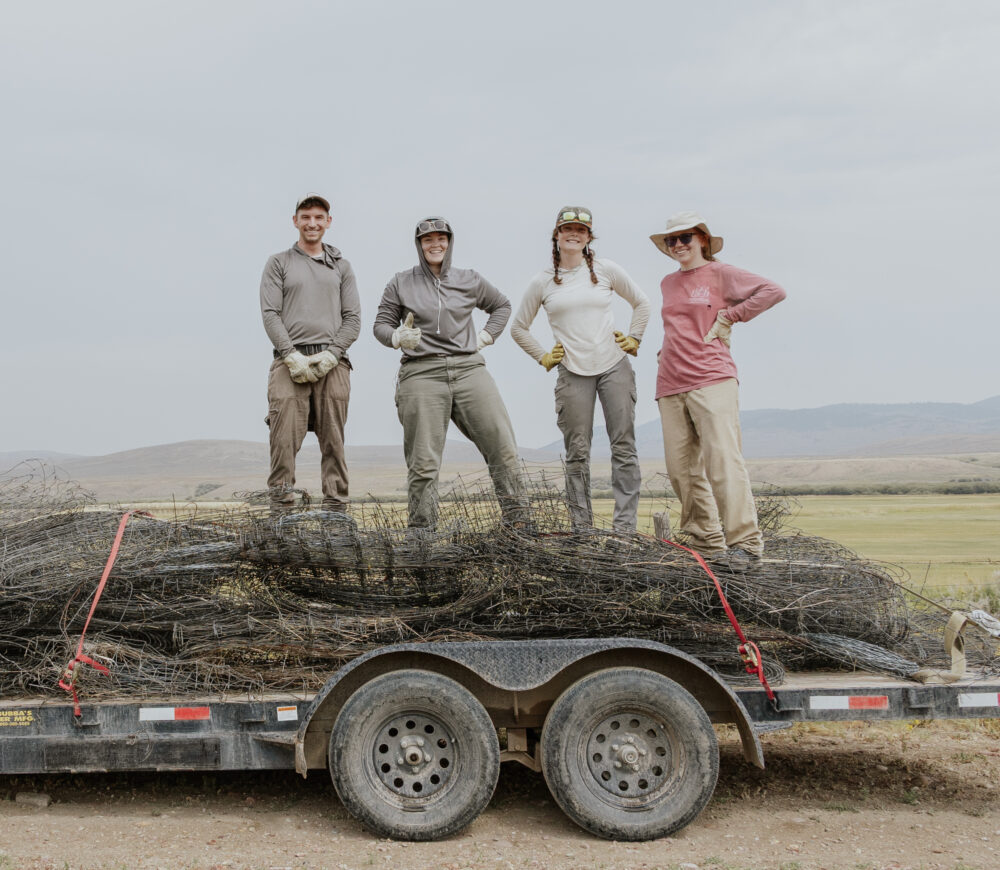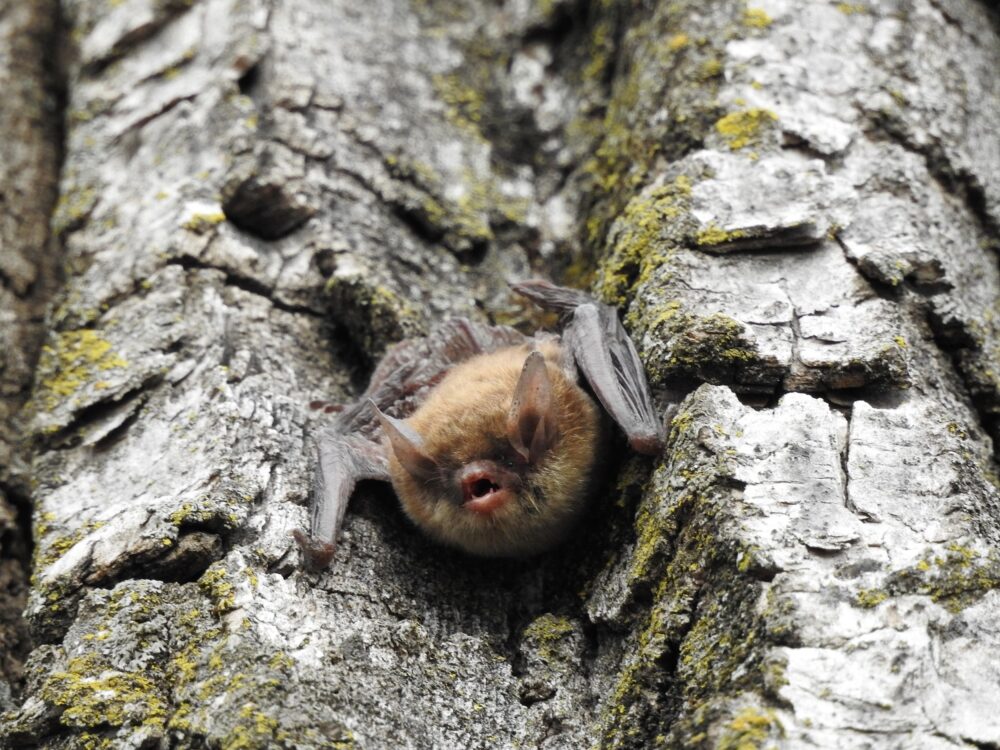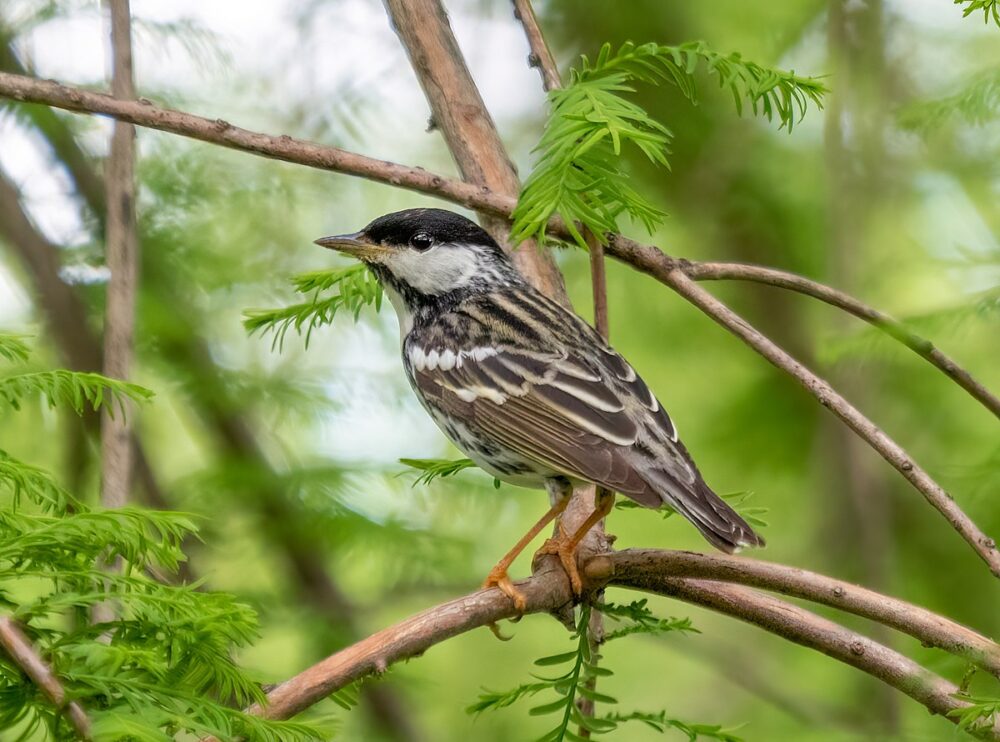We have much more to do and your continued support is needed now more than ever.
Deadly Disease Threatens Deer, Elk, and Moose

Wildlife face a host of threats in today’s changing world. Invasive species, habitat loss, and disease are often at the top of the list when wildlife managers talk about the pressures with which wildlife must contend. Wildlife disease is by far one of the scariest dangers. Many people have heard of chytrid fungus, which has decimated native frog species, and white-nose syndrome, which has had severe consequences for native bats. But there is another wildlife disease that has gotten less attention, though it poses an equal threat.
It is called chronic wasting disease (CWD) and it heavily impacts deer, elk, and moose in North America.
Take ActionChronic wasting disease is a fatal disease with no known cure. Once contracted, there is not pathway back to health. It is a prion disease, like mad cow disease, that affects cervids (deer, elk, and moose), and symptoms include drastic weight loss (wasting), stumbling, listlessness and other neurologic symptoms.

The Spread of Chronic Wasting Disease
To date, chronic wasting disease has been detected in 24 states. The disease was first discovered in a captive breeding facility in 1967. It was then found in free-ranging elk in 1981 and was next found in free-ranging white-tailed deer in 1990.
More recently, chronic wasting disease was detected in Montana’s wildlife in late 2017 and just this year Mississippi had its first confirmed case when an infected white-tailed deer was found in Issaquena County. If the disease continues to spread and establish itself in new wild cervid populations, there is potential for a conservation crisis that could decimate wildlife populations.
Please join us is calling on the U. S. Department of Agriculture to ensure adequate surveillance, and prevent this devastating disease from spreading further.
Protect Wildlife